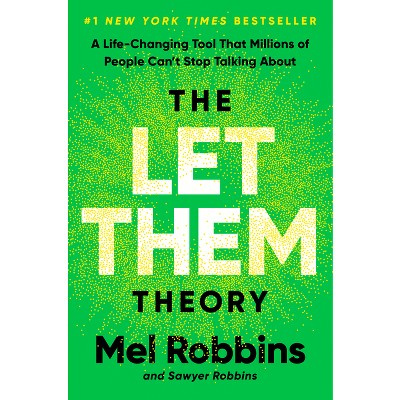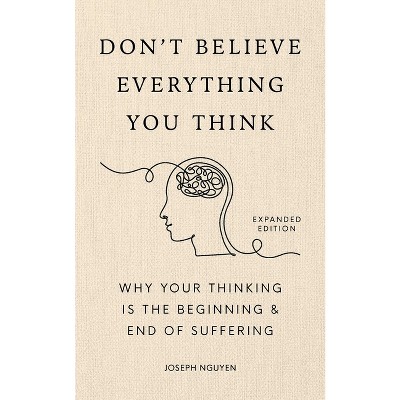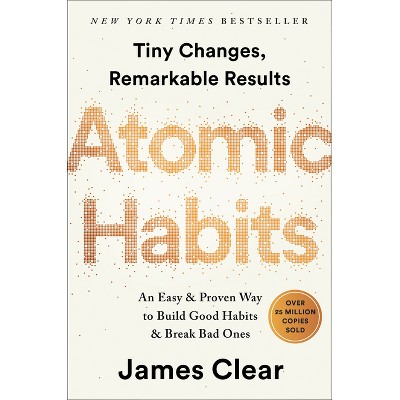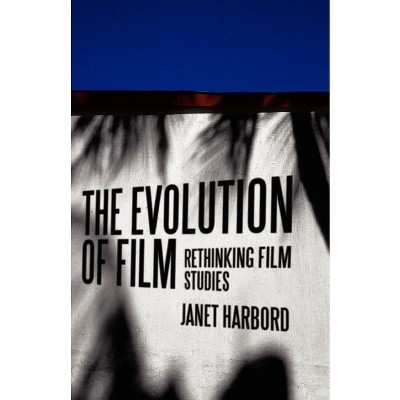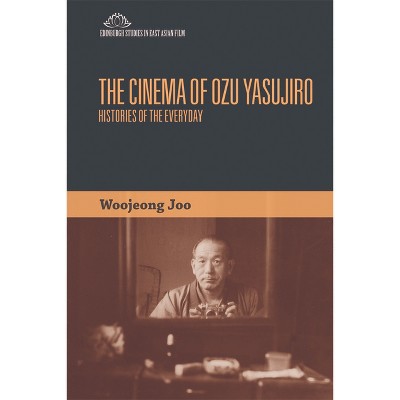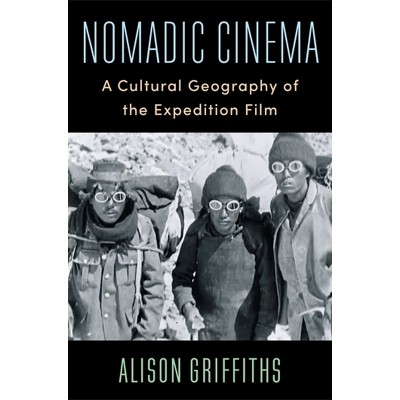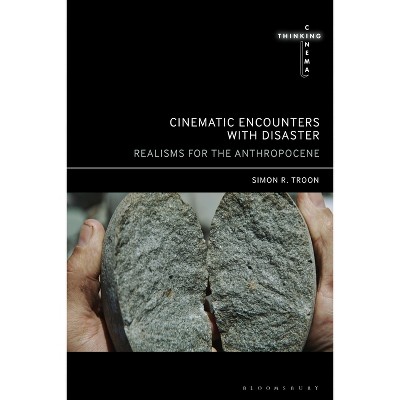Ex-centric Cinema Giorgio Agamben and Film Archaeology - (Thinking Cinema) by Janet Harbord (Paperback)

$39.99 when purchased online
Target Online store #3991
About this item
Highlights
- In the beginning, cinema was an encounter between humans, images and machine technology, revealing a stream of staccato gestures, micrographic worlds, and landscapes seen from above and below.
- About the Author: Janet Harbord is Professor of Film Studies at Queen Mary, University of London, UK.
- 272 Pages
- Performing Arts, Film
- Series Name: Thinking Cinema
Description
About the Book
"In the beginning, cinema was an encounter between humans, images and machine technology, revealing a stream of staccato gestures, micrographic worlds, and landscapes seen from above and below. In this sense, cinema's potency was its ability to bring other, non-human modes of being into view, to forge an encounter between multiple realities that nonetheless co-exist. Yet the story of cinema became (through its institutionalization) one in which the human swiftly assumed centrality through the literary crafting of story, character and the expression of interiority. Ex-centric Cinema takes an archaeological approach to the study of cinema through the writings of philosopher Giorgio Agamben, arguing that whilst we have a century-long tradition of cinema, the possibility of what cinema may have become is not lost, but co-exists in the present as an unexcavated potential. The term given to this history is ex-centric cinema, describing a centre-less moving image culture where animals, children, ghosts and machines are privileged vectors, where film is always an incomplete project, and where audiences are a coming community of ephemeral connections and links. Discussing such filmmakers as Harun Farocki, the Lumiere Brothers, Guy Debord and Wong Kar-wai, Janet Harbord draws connections with Agamben to propose a radically different way of thinking about cinema. "--Book Synopsis
In the beginning, cinema was an encounter between humans, images and machine technology, revealing a stream of staccato gestures, micrographic worlds, and landscapes seen from above and below. In this sense, cinema's potency was its ability to bring other, non-human modes of being into view, to forge an encounter between multiple realities that nonetheless co-exist. Yet the story of cinema became (through its institutionalization) one in which the human swiftly assumed centrality through the literary crafting of story, character and the expression of interiority.Ex-centric Cinematakes an archaeological approach to the study of cinema through the writings of philosopher Giorgio Agamben, arguing that whilst we have a century-long tradition of cinema, the possibility of what cinema may have become is not lost, but co-exists in the present as an unexcavated potential. The term given to this history is ex-centric cinema, describing a centre-less moving image culture where animals, children, ghosts and machines are privileged vectors, where film is always an incomplete project, and where audiences are a coming community of ephemeral connections and links. Discussing such filmmakers as Harun Farocki, the Lumiere Brothers, Guy Debord and Wong Kar-wai, Janet Harbord draws connections with Agamben to propose a radically different way of thinking about cinema.
Review Quotes
Ex-centric Cinema introduces readers to a radically different way of thinking about cinema, which is attentive to lost or occluded potentials that can be re-activated. This is the first major study of Agamben's fragmentary work on cinema and the image, and also a major intervention in film studies. Harbord writes with clarity and elegance of expression.
Benjamin Noys, Professor of Critical Theory, University of Chichester, UK
Both beautifully written and theoretically astute, Ex-centric Cinema powerfully revitalizes film philosophy and methodology, while also providing an indispensable reading of Agamben's work in relation to cinema studies and media archaeology.
Asbjørn Grønstad, Professor of Visual Culture, University of Bergen, Norway
Sparkling with ideas, provocative, and beautifully written, Harbord's is a loving text that invites us not simply to consider the commodified toys that cinema offers up, but also to play with the other materials that accompany cinema, but which often are forgotten and/or left behind.
Film-Philosophy
About the Author
Janet Harbord is Professor of Film Studies at Queen Mary, University of London, UK. She is the author of several books on film and philosophies of the moving image, including Chris Marker: La Jetée (2009), The Evolution of Film (2006) and Film Cultures (2002). She is the recipient of grants from the AHRC, EPSRC and the Leverhulme Trust.Dimensions (Overall): 8.9 Inches (H) x 6.0 Inches (W) x .9 Inches (D)
Weight: .95 Pounds
Suggested Age: 22 Years and Up
Number of Pages: 272
Genre: Performing Arts
Sub-Genre: Film
Series Title: Thinking Cinema
Publisher: Bloomsbury Publishing PLC
Theme: History & Criticism
Format: Paperback
Author: Janet Harbord
Language: English
Street Date: October 20, 2016
TCIN: 1004682878
UPC: 9781628922417
Item Number (DPCI): 247-17-6366
Origin: Made in the USA or Imported
Shipping details
Estimated ship dimensions: 0.9 inches length x 6 inches width x 8.9 inches height
Estimated ship weight: 0.95 pounds
We regret that this item cannot be shipped to PO Boxes.
This item cannot be shipped to the following locations: American Samoa (see also separate entry under AS), Guam (see also separate entry under GU), Northern Mariana Islands, Puerto Rico (see also separate entry under PR), United States Minor Outlying Islands, Virgin Islands, U.S., APO/FPO
Return details
This item can be returned to any Target store or Target.com.
This item must be returned within 90 days of the date it was purchased in store, shipped, delivered by a Shipt shopper, or made ready for pickup.
See the return policy for complete information.
